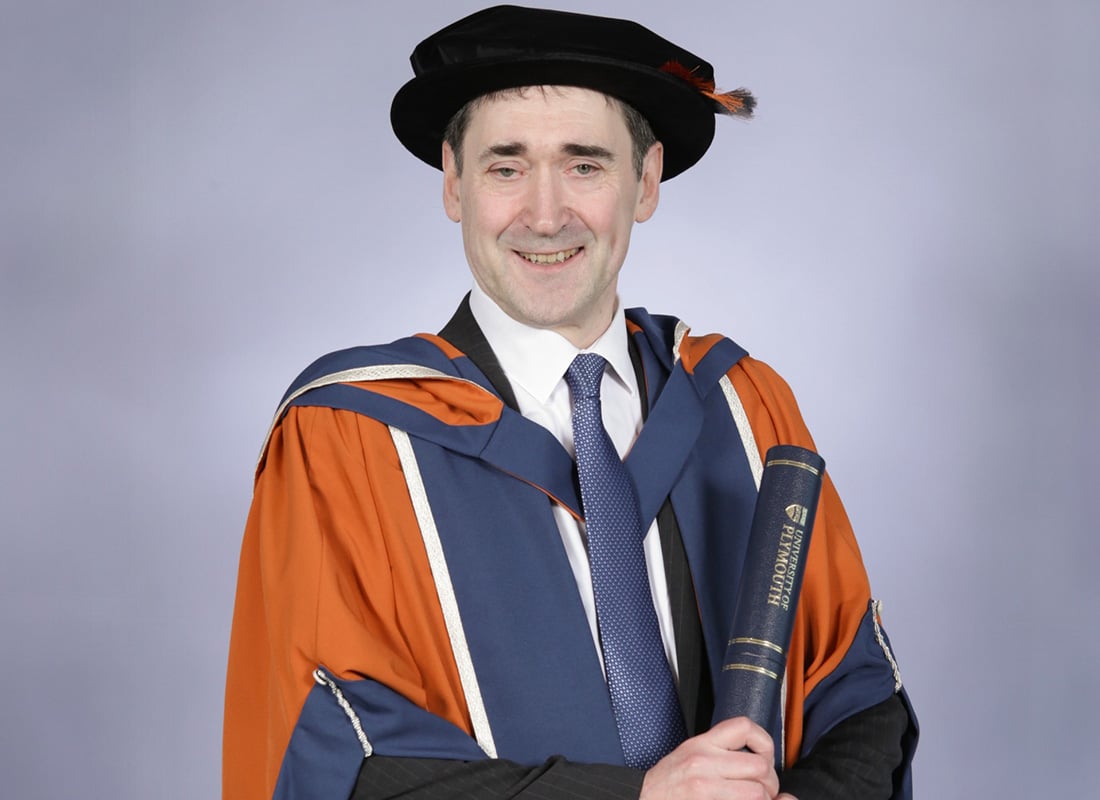I’m sitting in a tunnel with a group of fourteen year olds. The lights are low and we concentrate on the sounds around us. Every so often a student is tapped on the shoulder by the teacher and they say something loudly, projecting their voice. We all hear the echo as their words bounce around the tunnel.
This isn’t a drama lesson. It’s GCSE French. And the acoustics don’t come from a dank railway arch. We are gathered in a suburban classroom and each student is practising their French accent.
I was invited to this school after hearing how a teacher was using technology to teach modern foreign languages. By technology I mean image projection, lighting and sound, all controlled by a touch screen computer. Half of me was expecting to stroll into a Parisian café, pictures of the Eiffel Tower projected on to the walls and stereotypical accordion music in the background.
Instead I find a teacher using lighting and sound effects in a papier-mâché tunnel to help his students become more confident about speaking French. They are shouting around me now, boldly articulating those French phrases which they normally whisper from the safety of a desk.
It’s obvious that the learning in this classroom has been enhanced by technology. But importantly, this lesson is not focused on gadgets. Children do not sit quietly at banks of computers, one hand on a mouse, clicking on the right French phrase.
In this school IT is being used to create socially rich experiences for students. They experiment together with acoustic effects, learning how to turn up the echo and design different voice distortions.
They want to volunteer their own French phrases, eager to try out their accent in the microphone and hear how each other’s voices sound in the homemade tunnel. There is a sense of engagement in the room. These children are having fun and they don’t want the lesson to end.
Up and down the country we need to enable more teachers to run lessons this way. This is about inspiring education staff and giving them the tools and the confidence to experiment, just like the teacher with his languages tunnel.
Crucially it’s also about mixing creativity and computers to get the best result. The French teacher wasn’t afraid to combine low-tech materials - a tunnel made from card board boxes, strips of paper and paste - with high-tech gadgets - giant projection, surround sound and a touch screen control panel.
It was this combination of art and science plus the space to practise in a unique environment that sped up the students’ understanding of French vocabulary and boosted their confidence in speaking it.
But last year Eric Schmidt, Chairman of Google, accused the UK education system of not doing enough to integrate art and science. Delivering the prestigious MacTaggart Lecture at the Edinburgh International Television Festival, Schmidt began by praising the UK for having developed a horde of the world’s most ground-breaking technologies.
‘The UK is the home of so many media-related inventions. You invented photography. You invented TV. You invented computers in both concept and practice,’ he said.
But he went one to say that despite the innovation in Britain, none of the world’s leading exponents in those technologies are actually British anymore: ‘If you don't address this, then the UK will continue to be where inventions are born, but not bred for long-term success.’
Schmidt suggested that the answer to why the UK was failing to build a globally successful digital economy might lie within our education system. He accused schools and universities of allowing a chasm to open up between the humanities and sciences, with students only being able to sit in one camp and both sides actually denigrating the other.
He went on: ‘I was flabbergasted to learn that today computer science isn’t even taught as standard in UK schools. Your IT curriculum focuses on teaching how to use software, but gives no insight into how it’s made. That is just throwing away your great computing heritage.’
We’re back with the issue of integrating information technology and art rather than separating the two. Since Schmidt delivered his criticism, big steps have been made to reform the ICT curriculum.
A key motivator for this change was a report from author and computer games entrepreneur Ian Livingstone which pointed to the economic impact of disconnecting creativity and technology in schools.
In ‘Next Gen.’, Livingstone commented that children are being taught how to use computers but not how to code or programme them. He stated that a strong digital economy could not be built with a ‘nation of digital illiterates’
One of Livingstone’s recommendations was for the government to encourage an ‘art-tech crossover’ and develop more work-based learning in schools.
‘The [high-tech creative] industries suffer from an education system that doesn’t understand their needs’, he said. ‘This is reinforced by a school curriculum that focuses in ICT on office skills rather than the more rigorous computer science and programming skills which high-tech industries like video games and visual effects need.’
Livingstone pointed to countries like Singapore and Finland where the ‘computing and artistic skills that are vital to high-tech, creative industries are given the impetus they need.’
Government is listening. Earlier this year Michael Gove announced plans to replace the ICT curriculum with a new computer science programme designed in partnership with industry and universities. Calling the old information technology syllabus ‘de-motivating and dull’, Gove vowed to have pupils coding and programming computers rather than learning how to use them by September next year.
This is great news and goes someway to bringing technical and creative learning back together. But this ‘polymath’ approach, as Eric Schmidt termed it, must be applied right across the curriculum and not just in computer labs. Information technology should be used in drama, geography, history and language lessons to develop the vision and imagination of children.
That could mean a history teacher creating a World War Two soundscape including Vera Lynn songs, explosions and the drone of aircraft engines. Children construct shelters from old blankets and boxes before a surround sound air raid siren rings out.
When it stops they come out of their shelters and see images of a bombed town projected on to the classroom walls. They then start to develop their own video content that is projected across the room, imagining what it feels like to be unsure whether their friend’s house across town is still standing or not.
An emotional connection between the students and this history subject has been created. They are immersed in the experience and visibly moved. But it has also sparked their imagination. They ask lots of questions and want to find out more - a reaction their history teacher might not have got from text books or a video alone.
Information technology is at the heart of this wider learning experience. It has helped the children to touch, hear and see their subject from different angles - improving their understanding. But it’s not the high-tech tools that are important. It’s how they have been used to develop exciting and engaging teaching methods.












